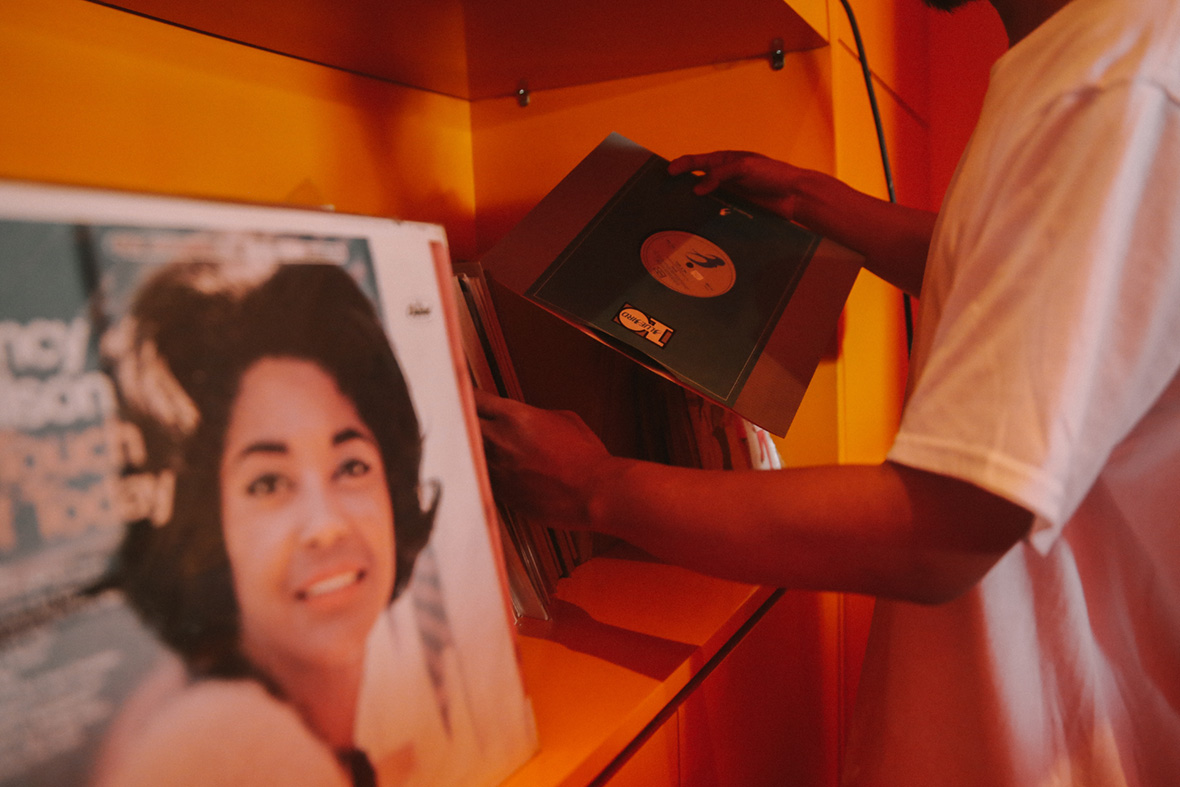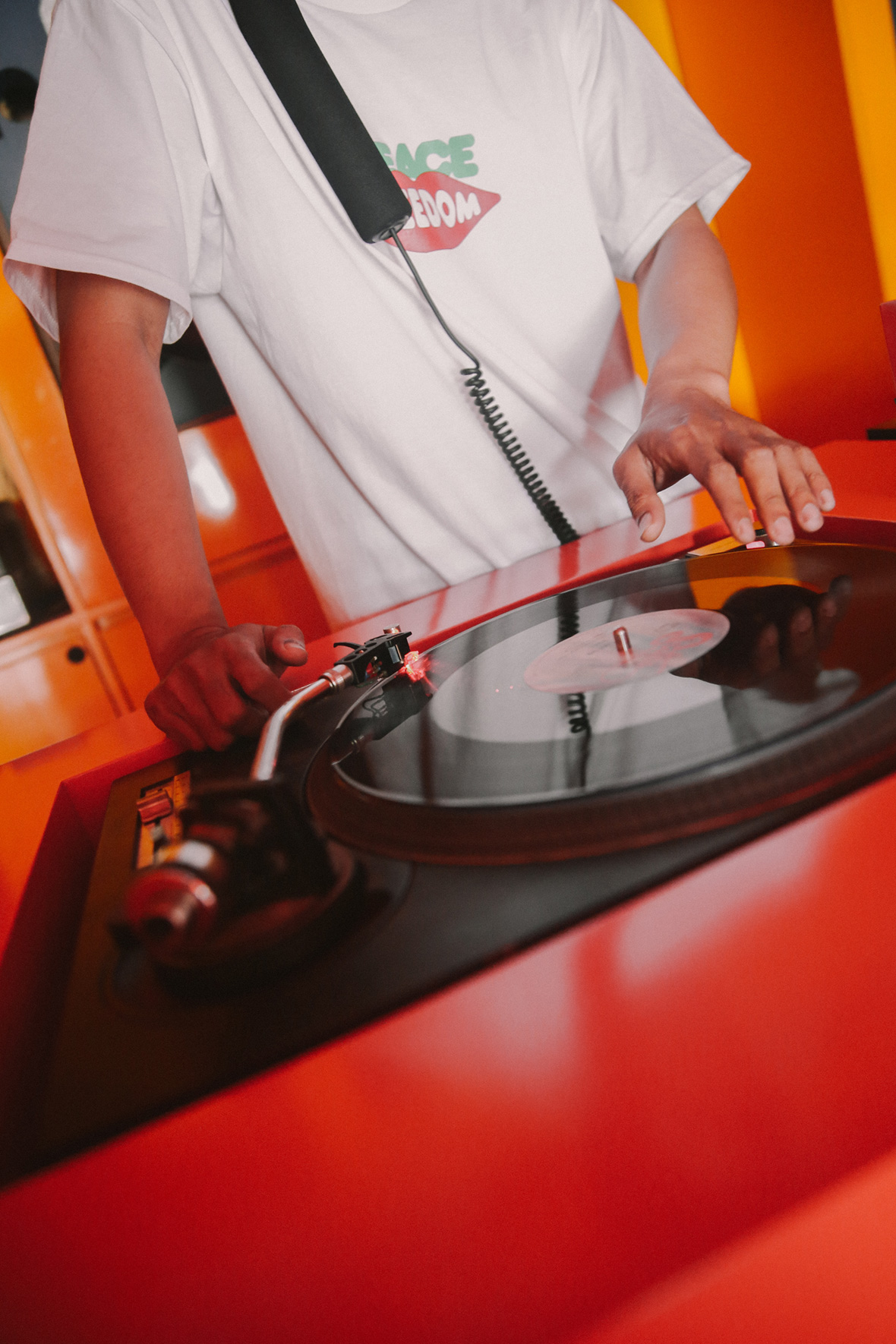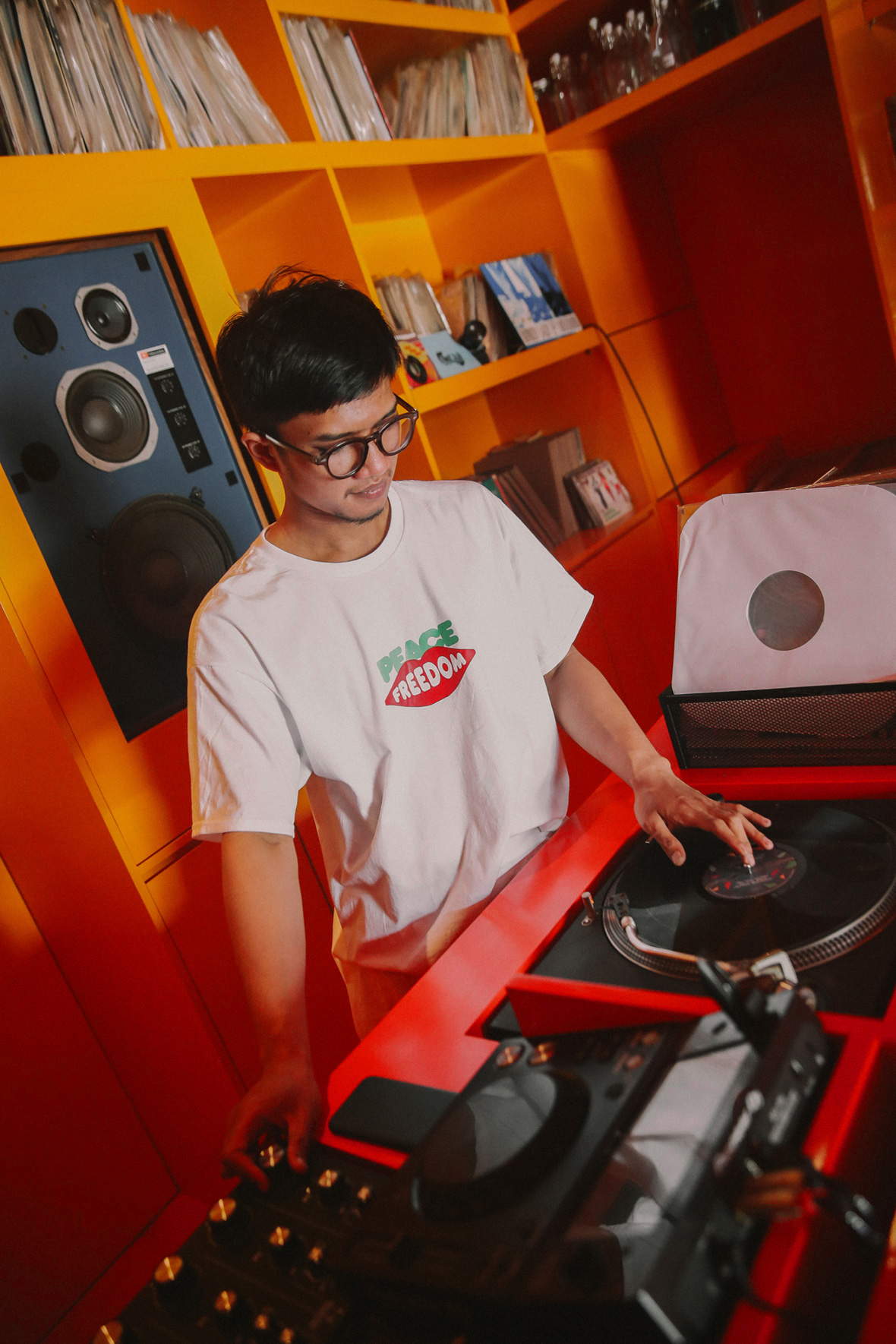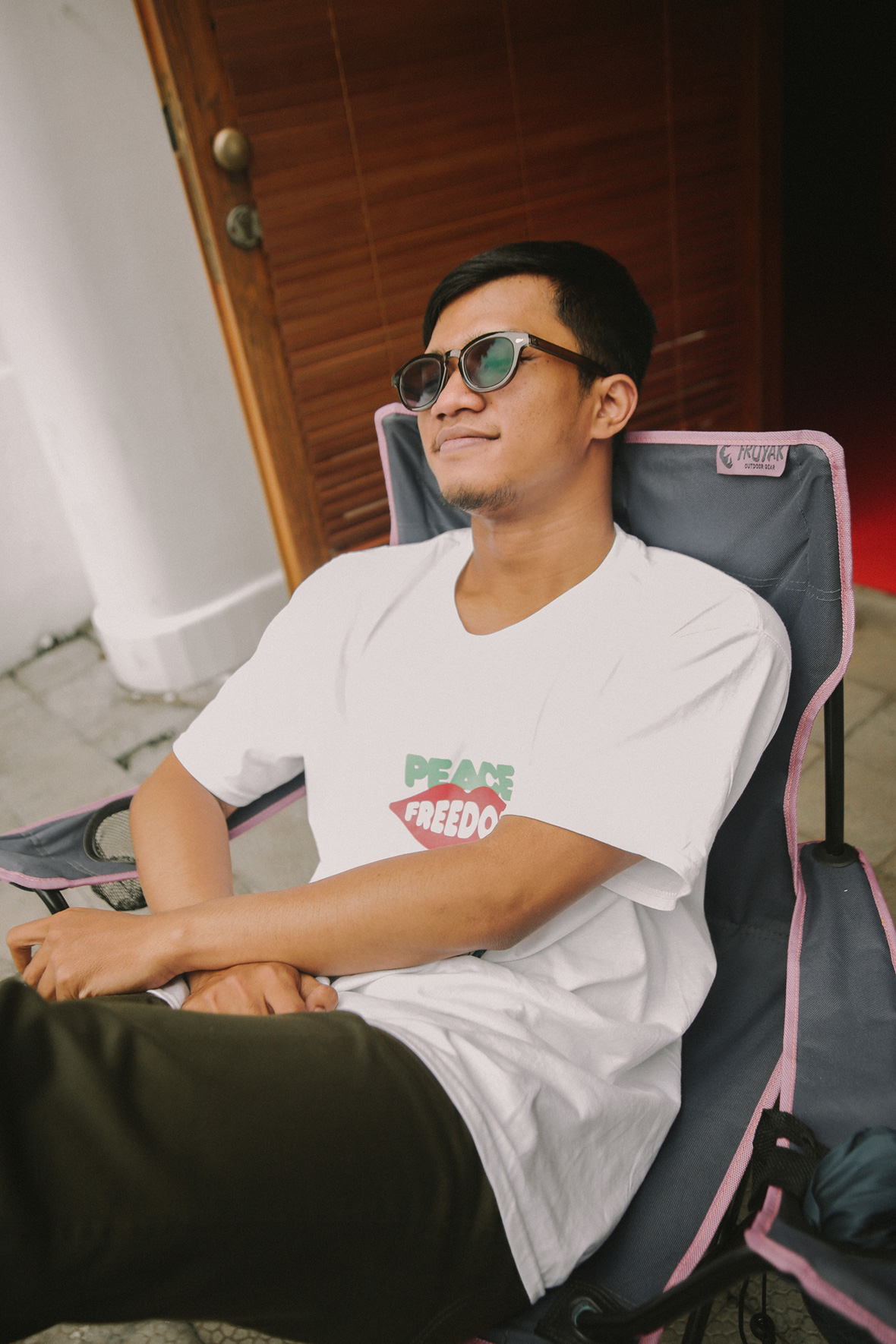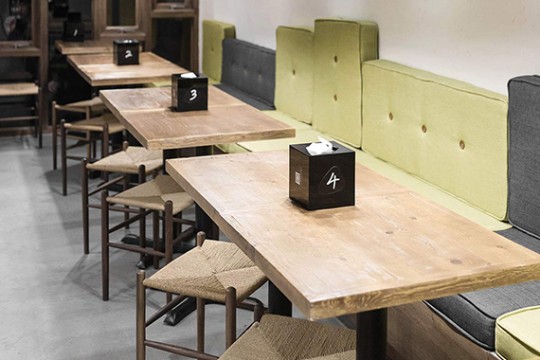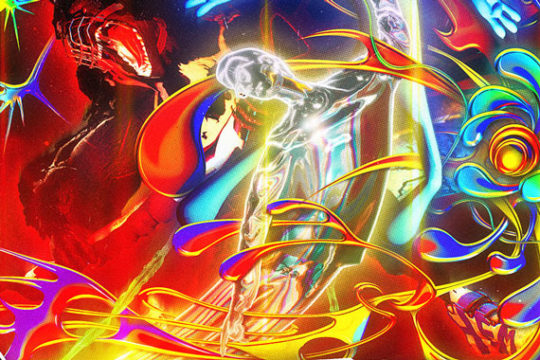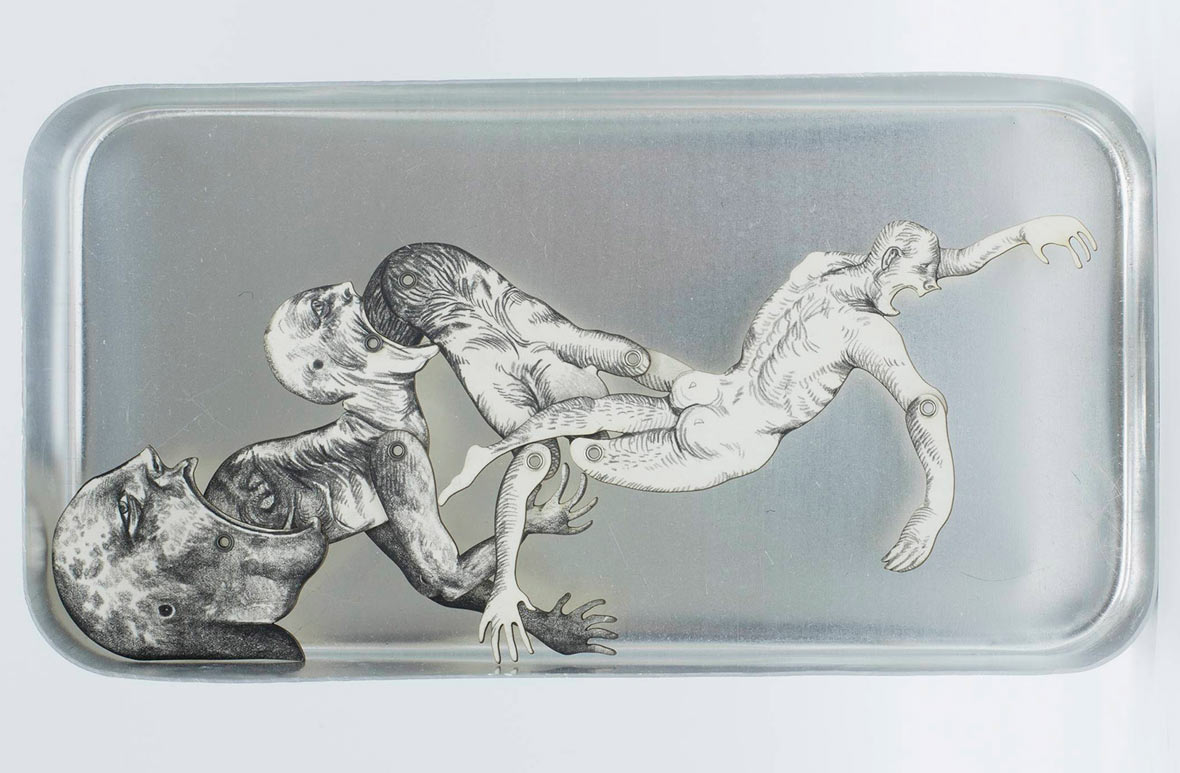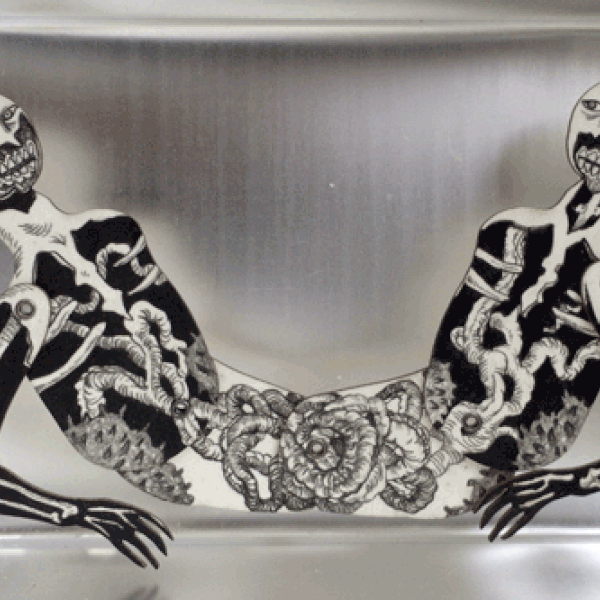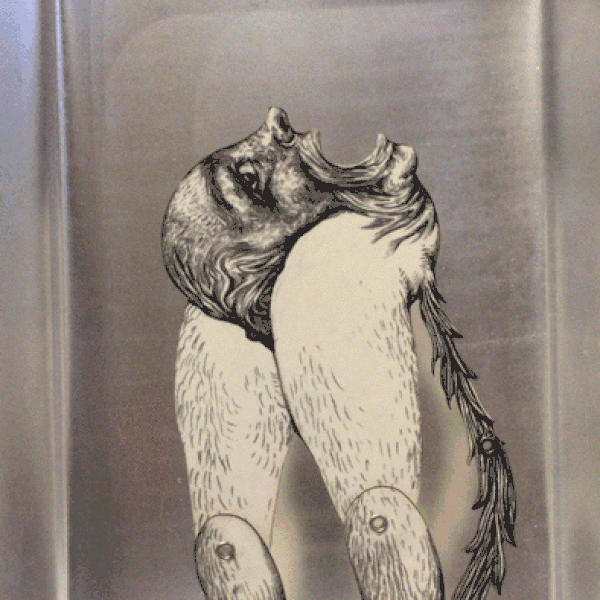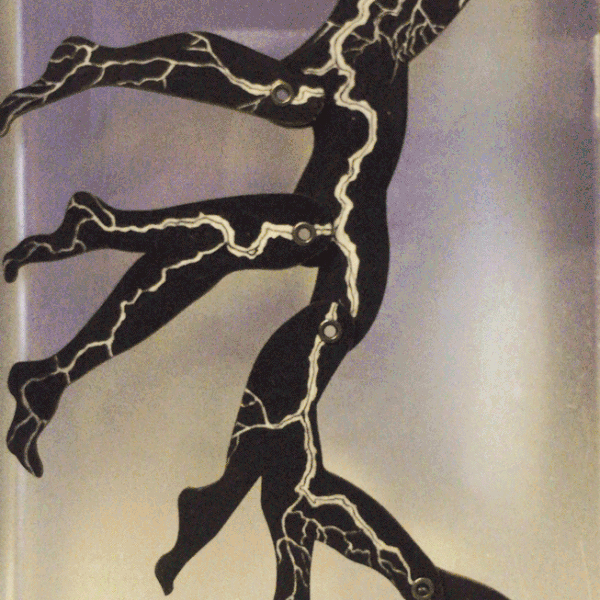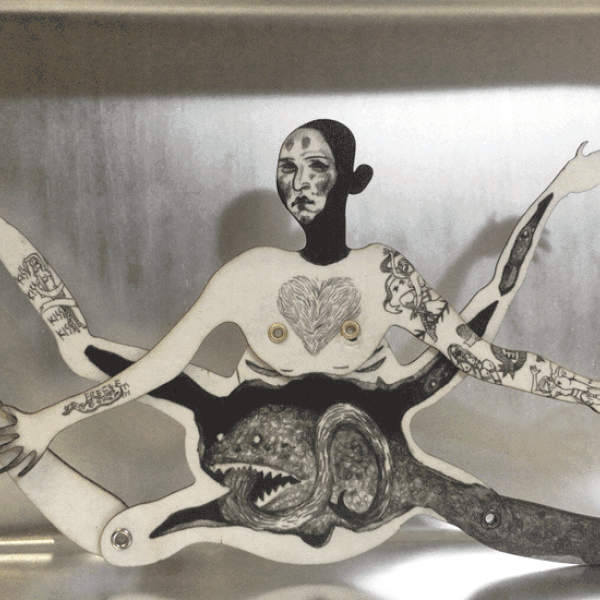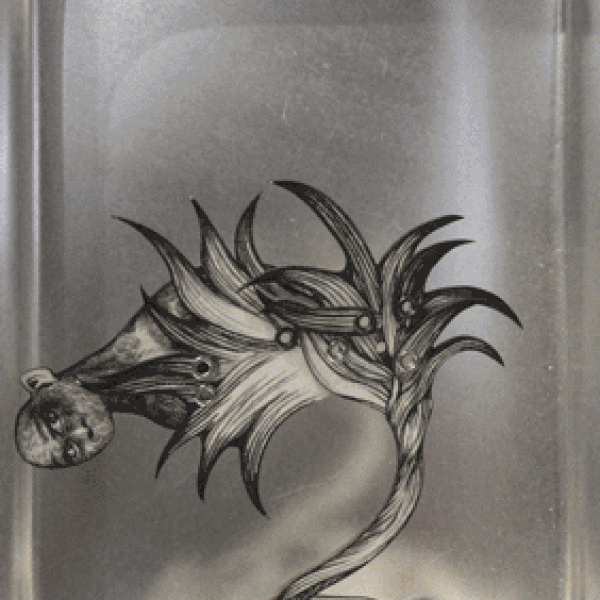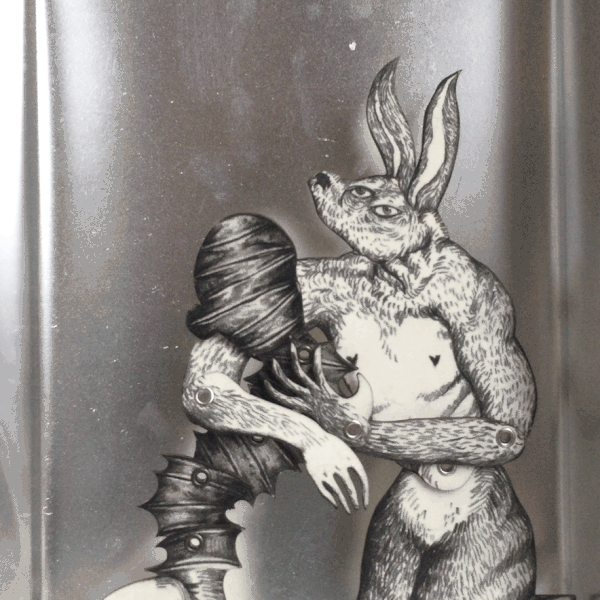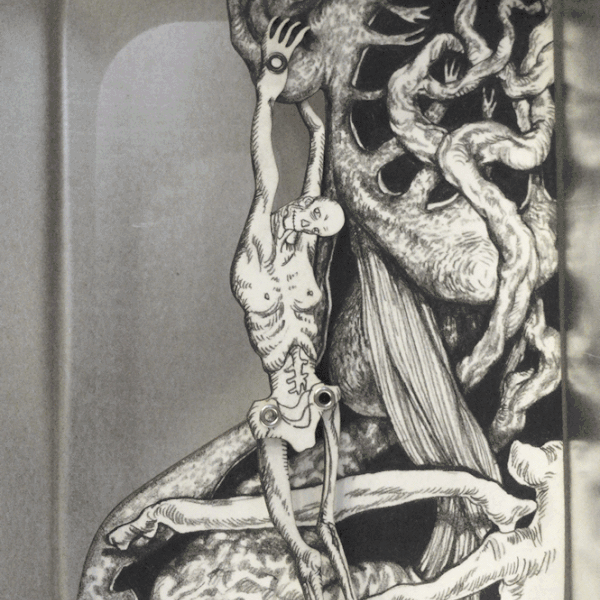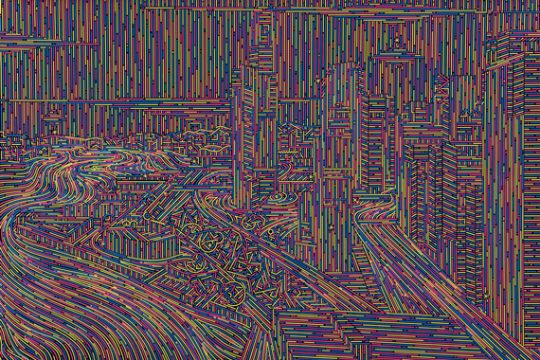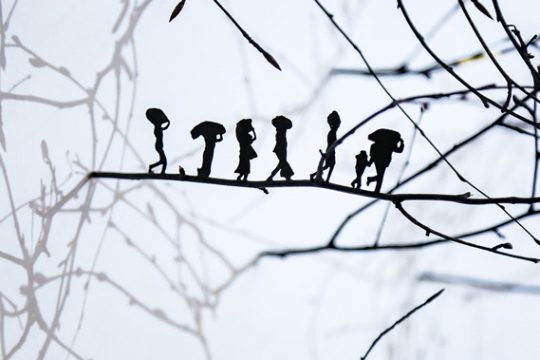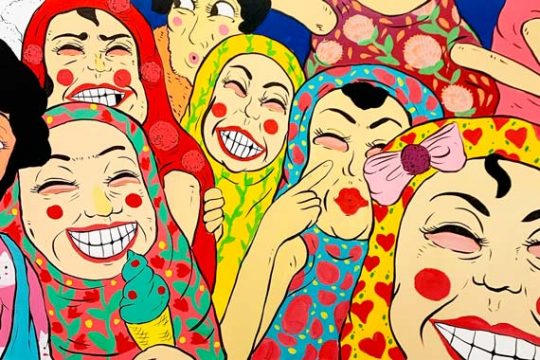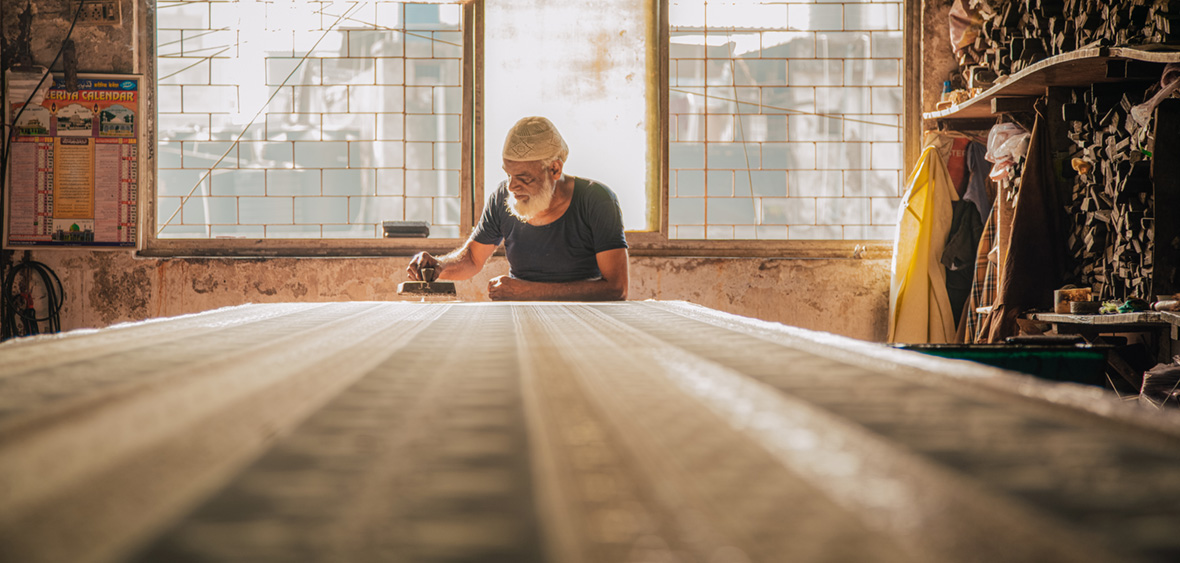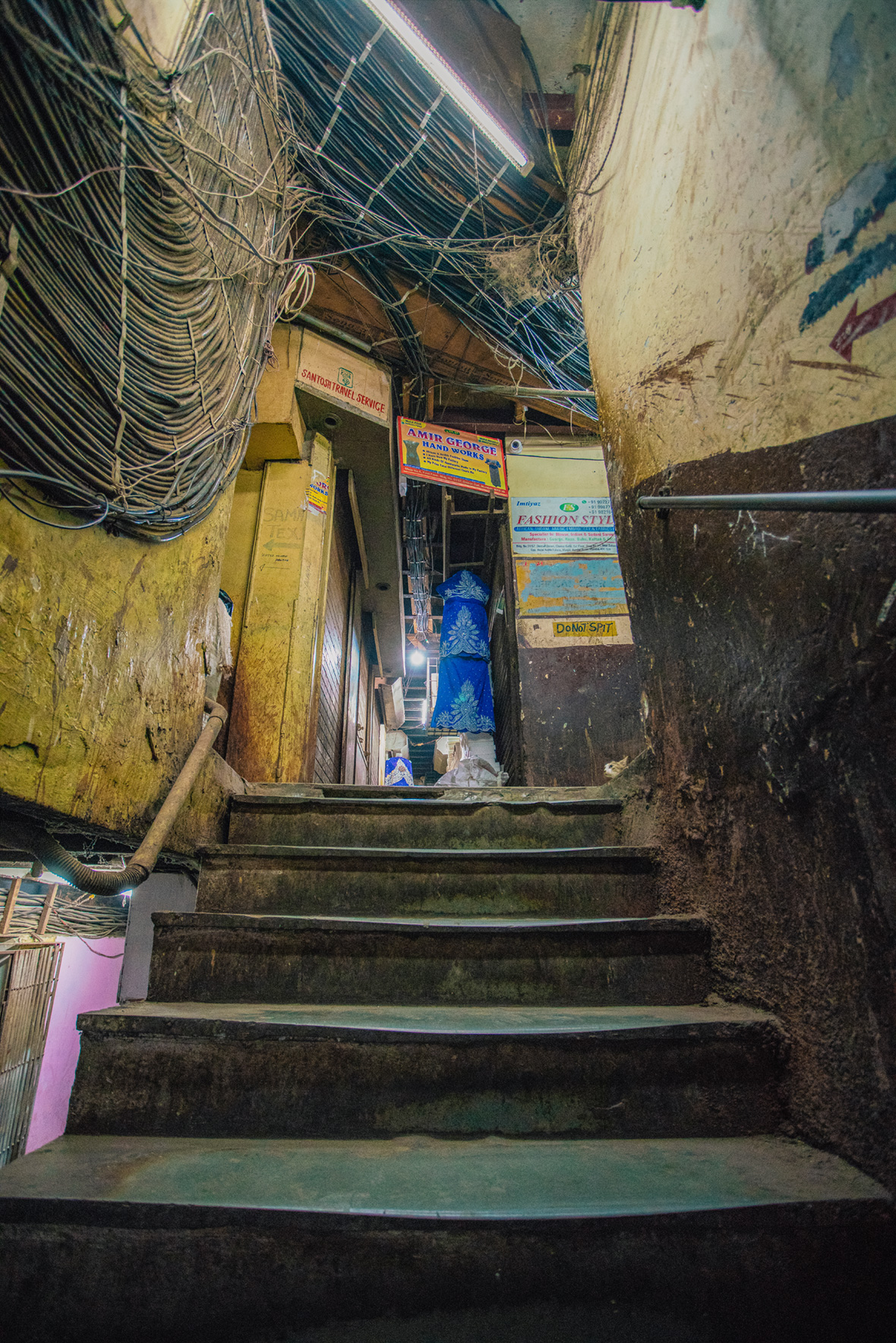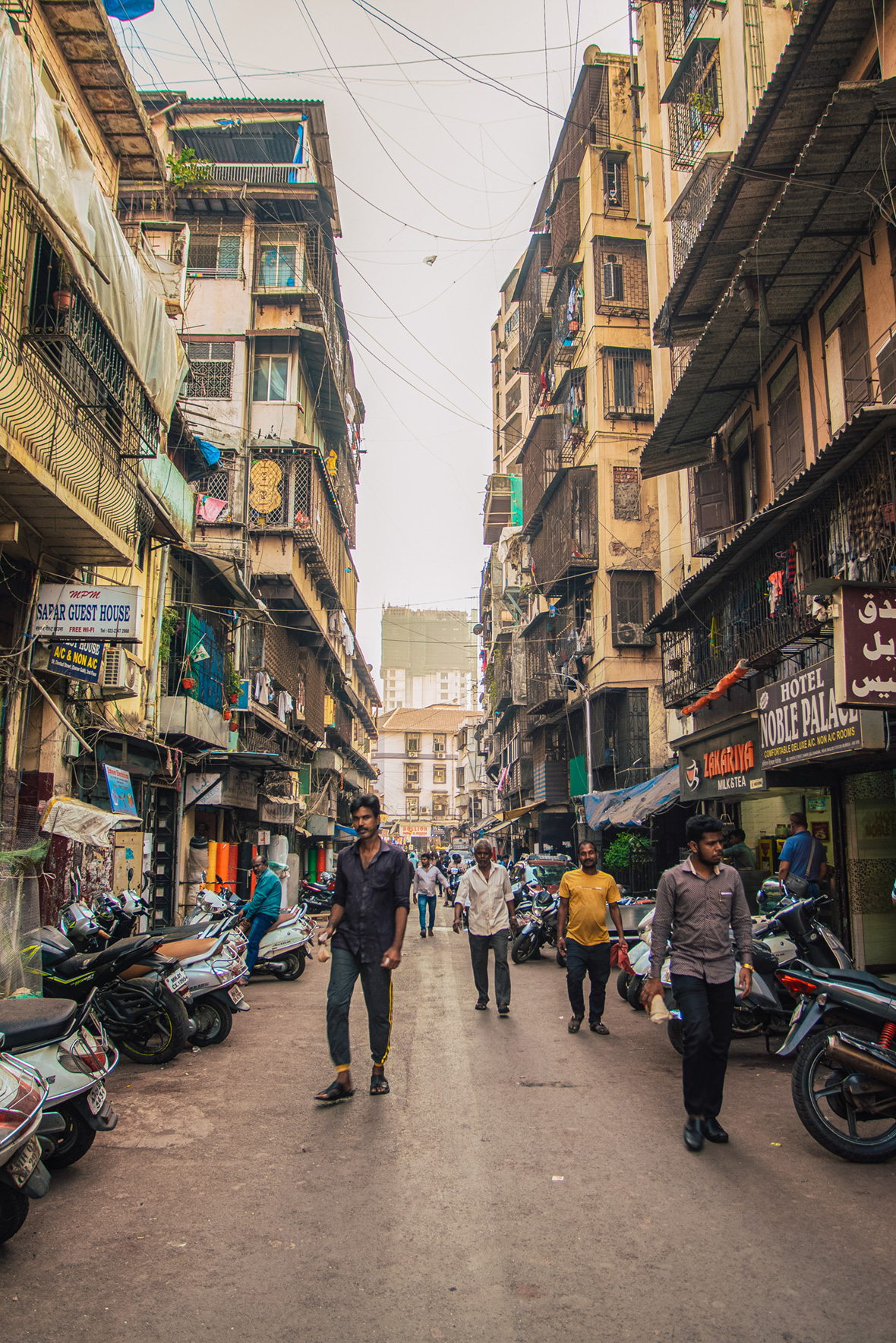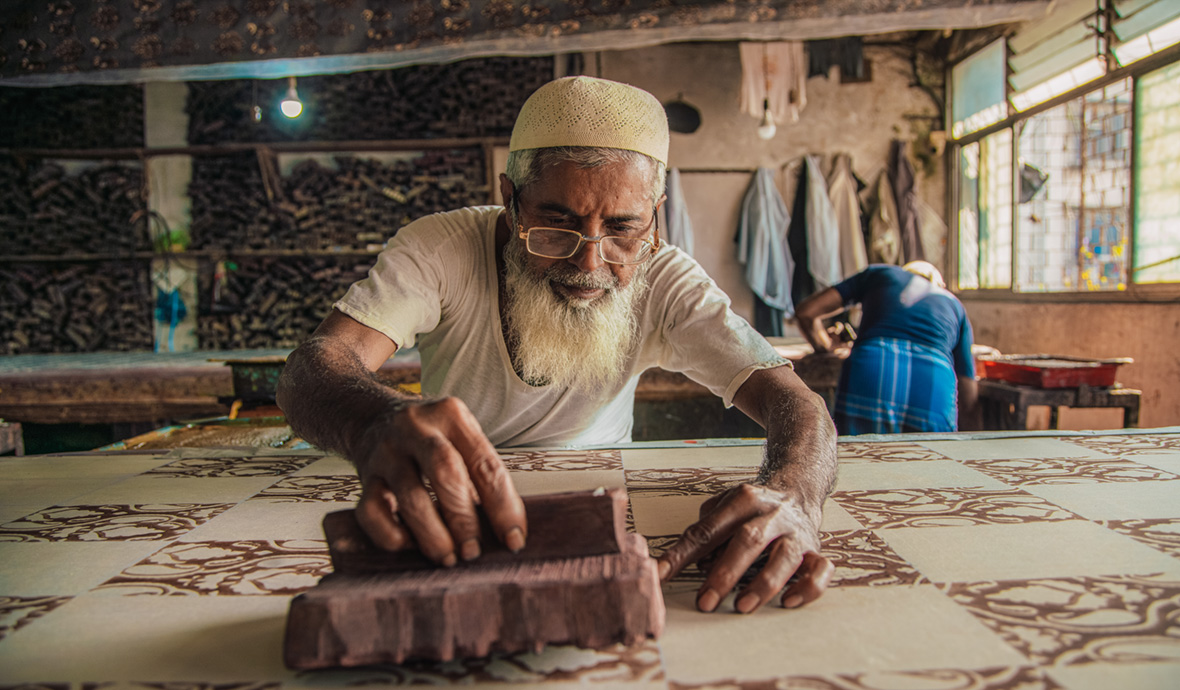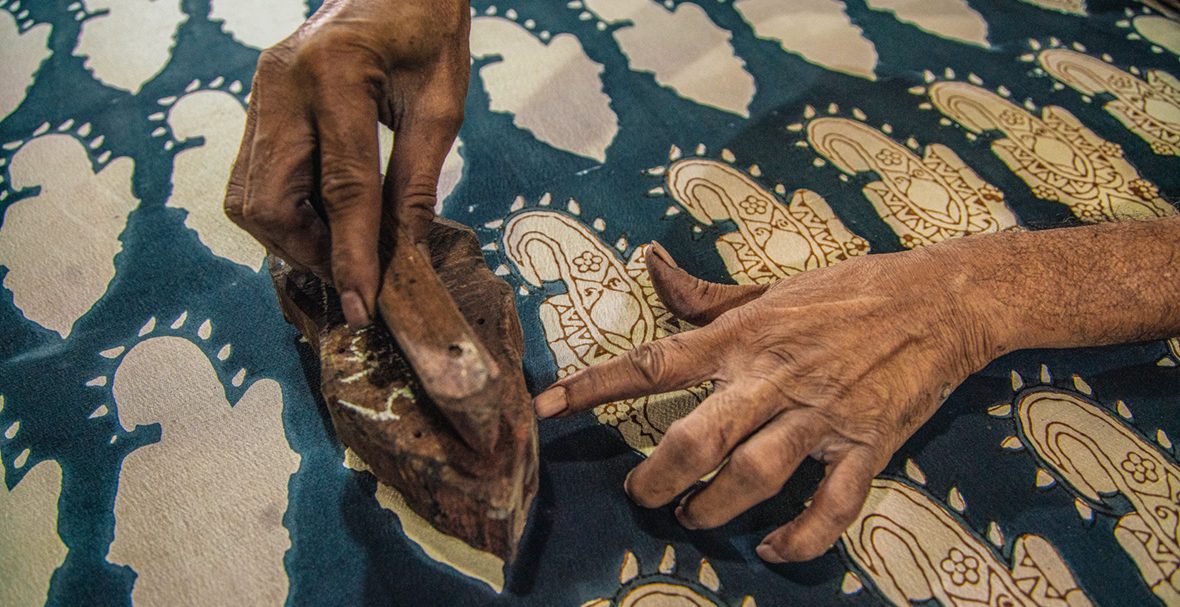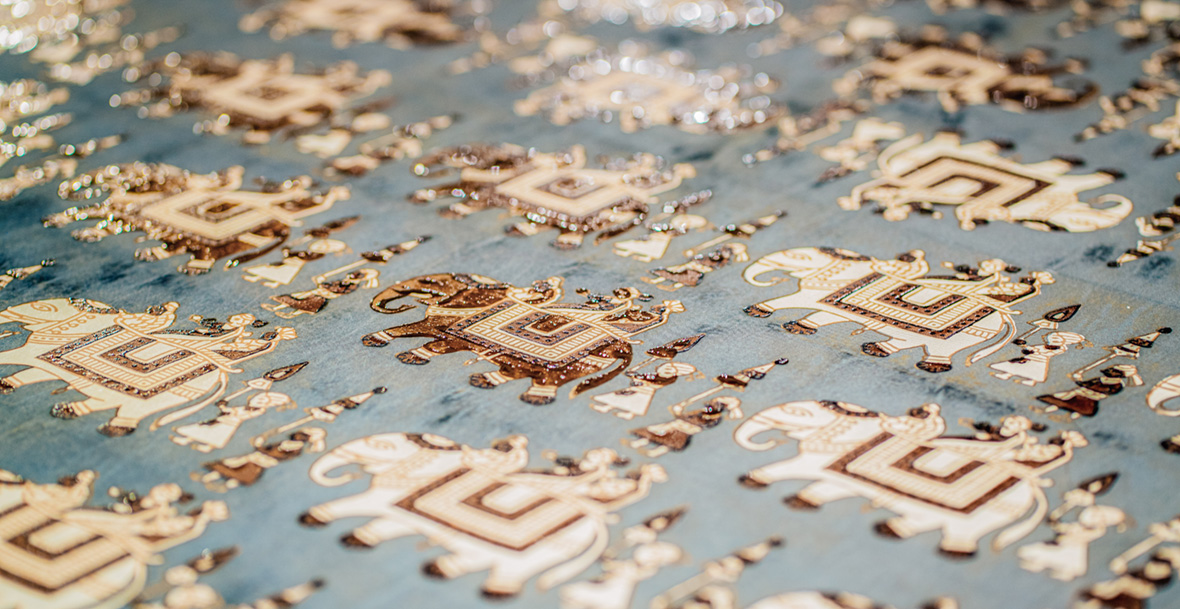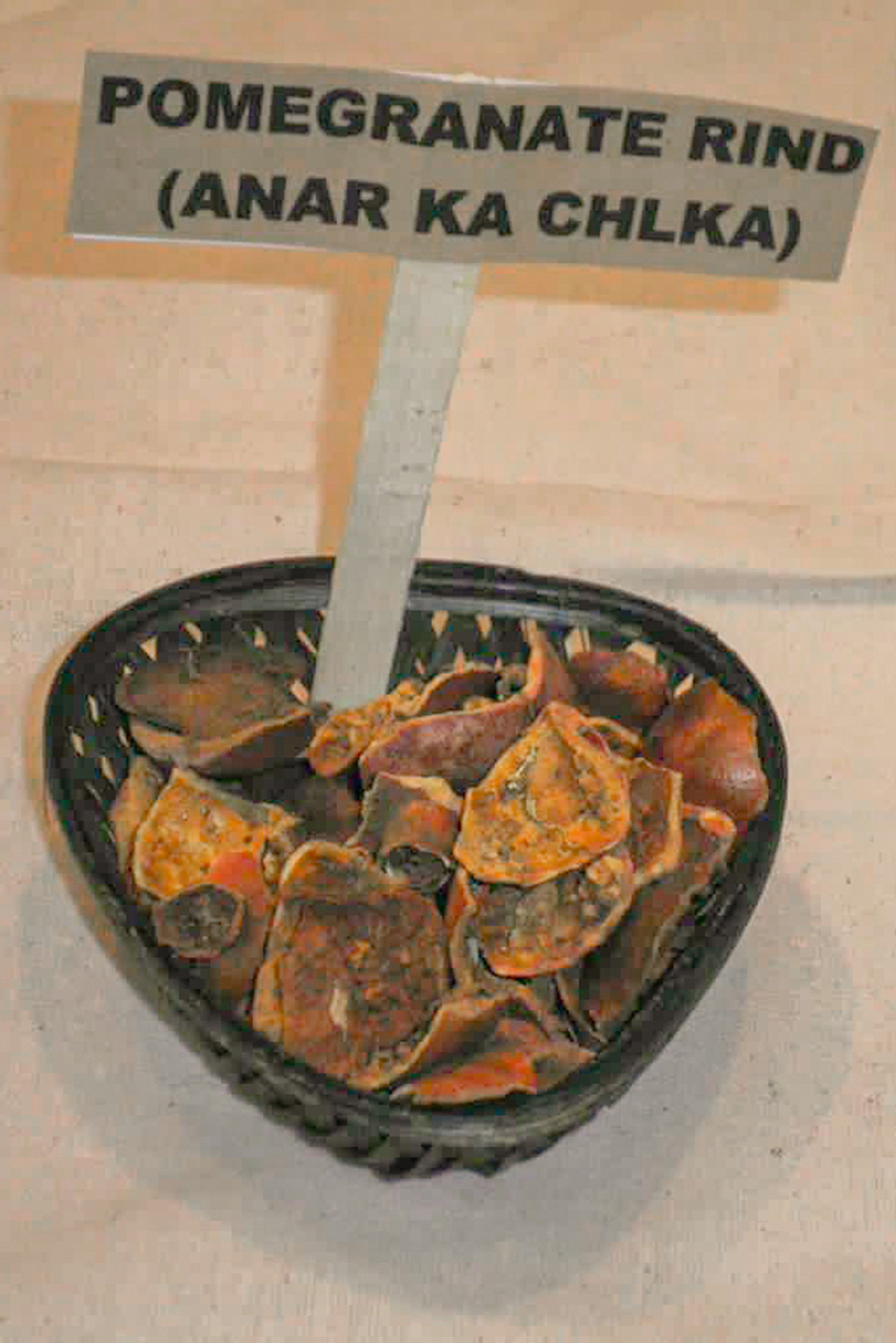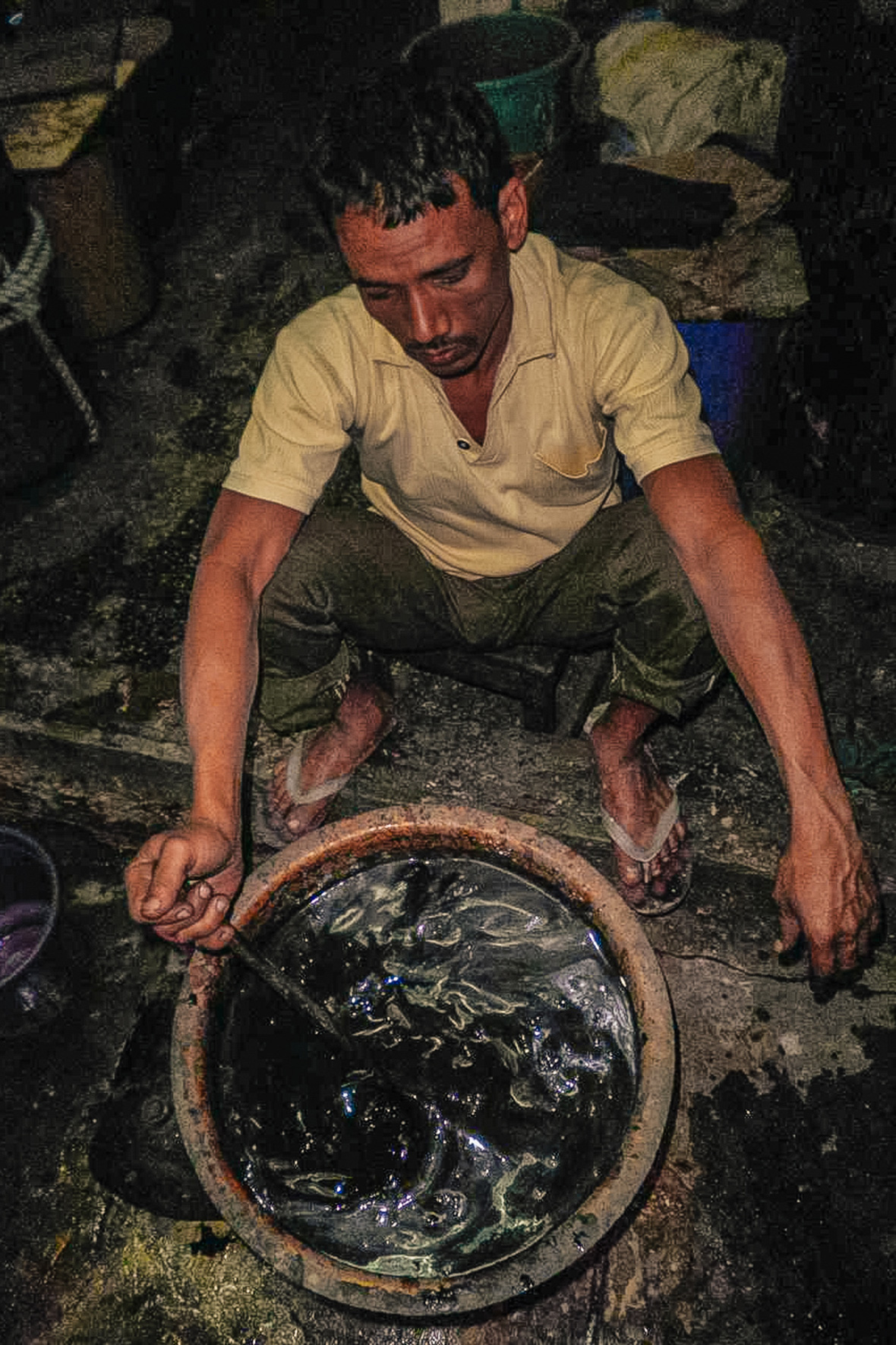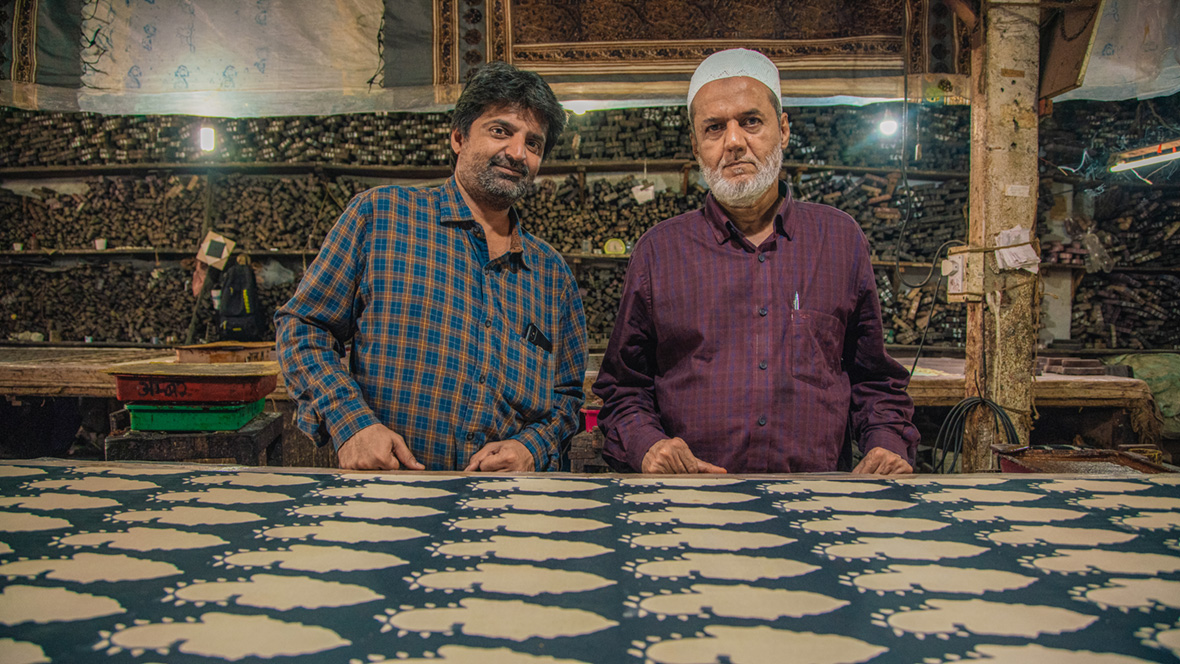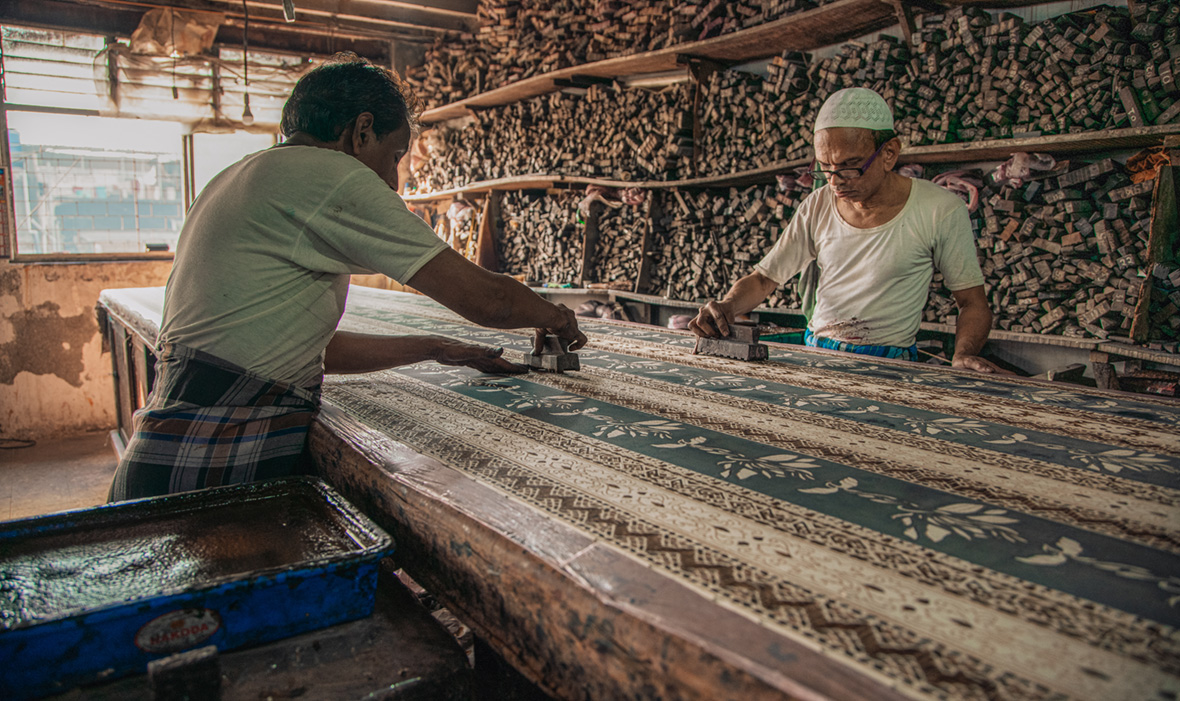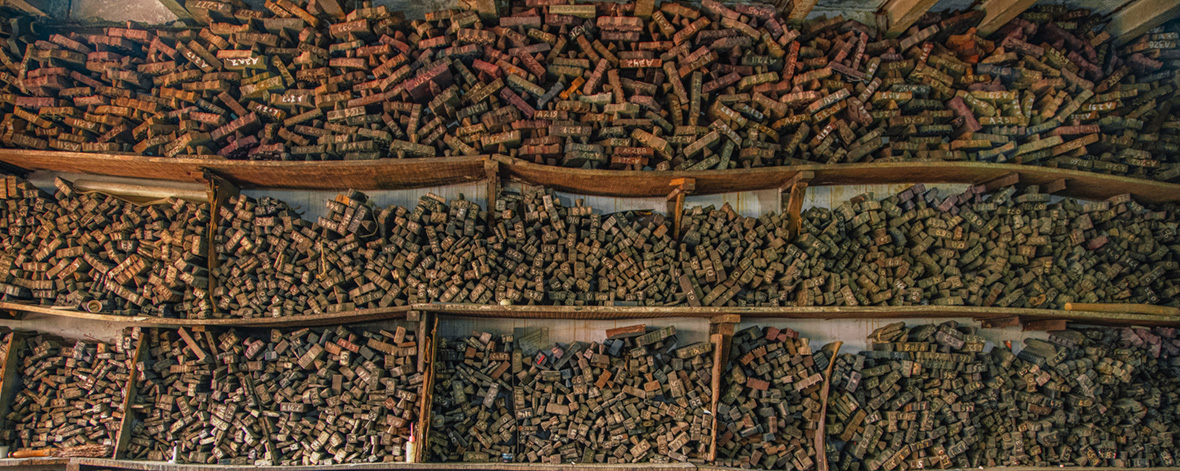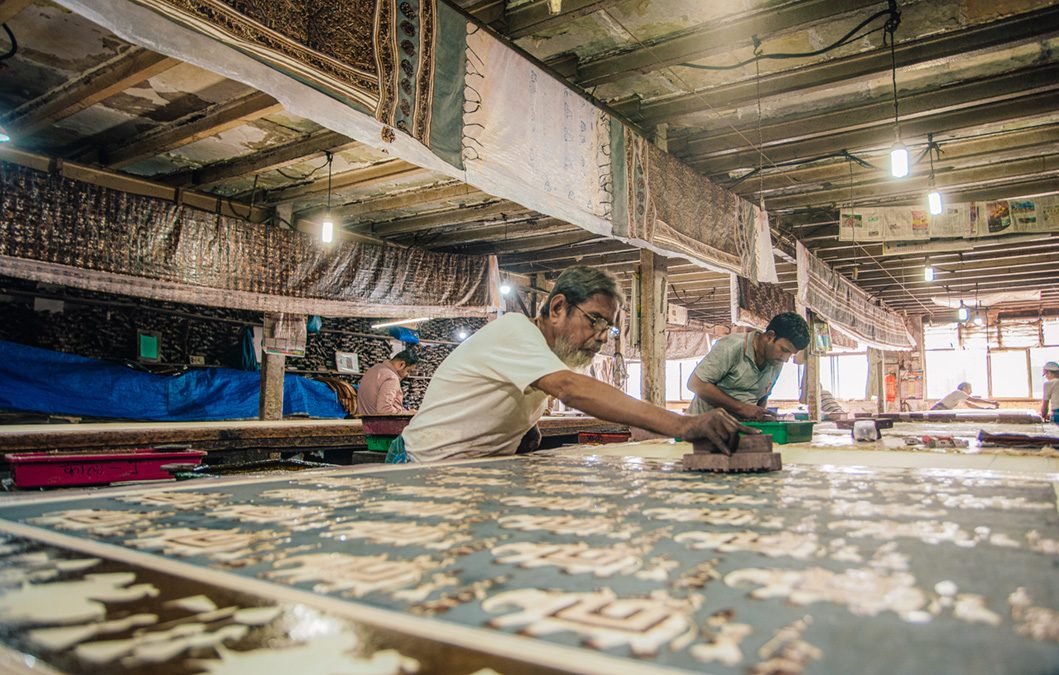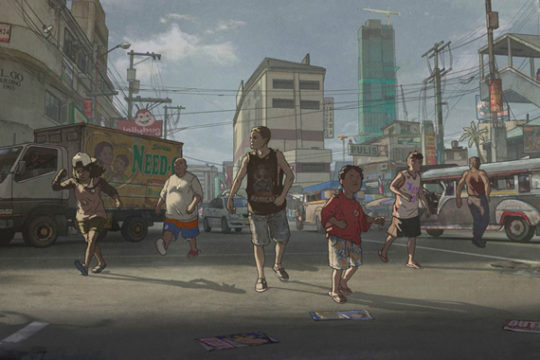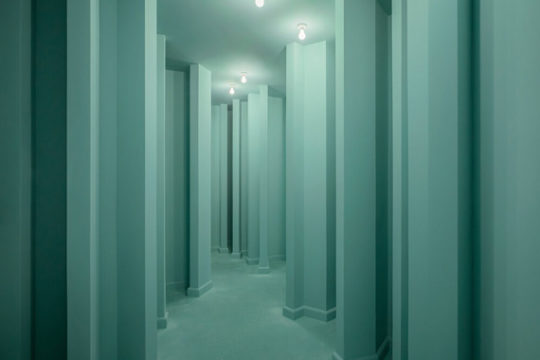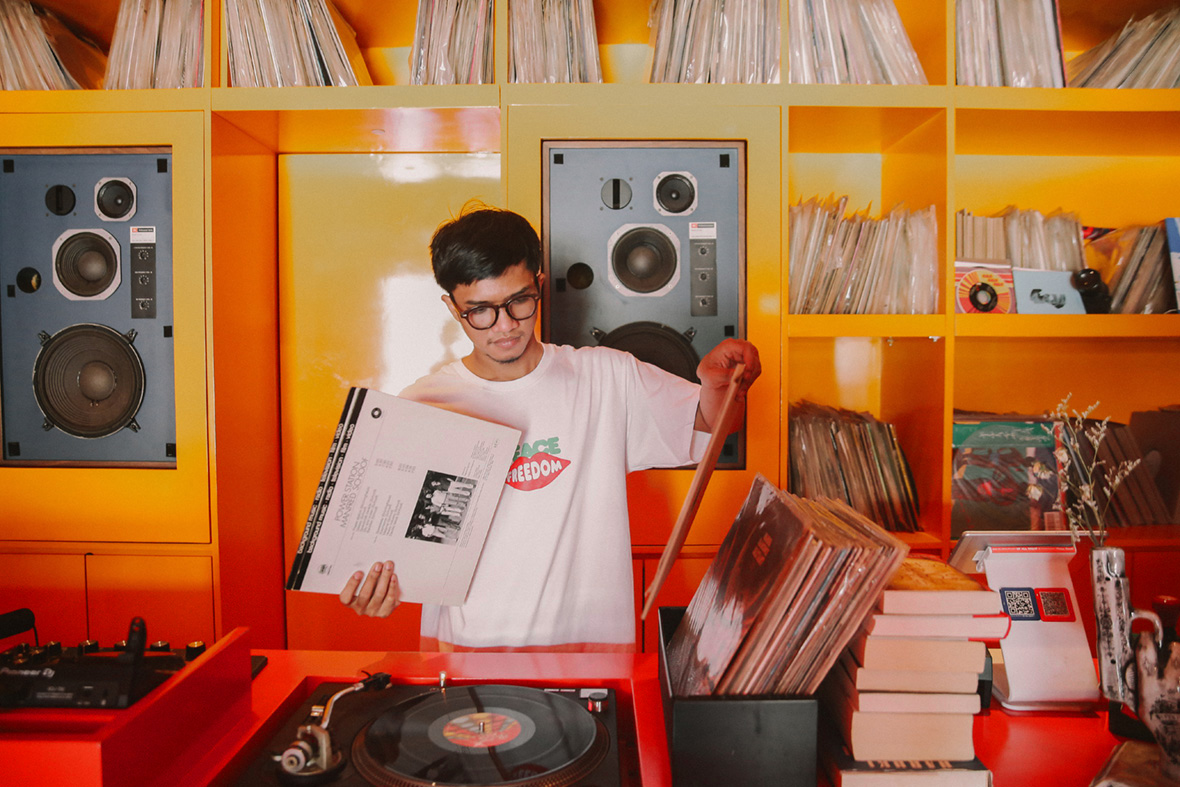
To describe Munir’s work around music, there may only be one appropriate word: extensive. The “best-known unknown” has created a name for himself as a prolific Indonesian DJ and producer with a penchant for infectious grooves, wherever it may come from. His affinity for vinyl has set him apart in the local scene, and his live sets draw diverse crowds from around the region.
For Munir—whose real name is Harry Septiandry—his lifelong obsession with music began at a very young age. When he was only seven, his late uncle gifted him a vinyl record of We Got the Funk by Positive Force, an act that set Munir’s future in motion. “It was such a new thing for me; as a kid, it’s very hard to grasp how a needle that moves along some grooves could produce sounds,” he says. “I have been hooked ever since.”
Munir 围绕音乐所做的一切,用“十八般武艺”这个词来形容再合适不过。这位多产的印度尼西亚 DJ 兼制作人,以极具感染力的旋律,不拘一格的音乐灵感,近年来在当地闯荡出自己一席之地。混迹于地下俱乐部圈子,Munir 笑称自己是“最知名的无名小辈”,而他对黑胶唱片的痴迷得到不少圈内人士的赞许,现场的精彩表演也常常吸引来自各地的舞客。
Munir 原名 Harry Septiandry,自小就痴迷音乐。七岁的时候,他的叔叔送给他一张 Positive Force 的《We Got the Funk》黑胶唱片,这成为了 Munir 走上音乐创作道路的起点。“黑胶唱片对于当时的我来说是很新奇的事物。唱针沿着凹槽划动,发出滋滋的声响,那声音撩拨着我的好奇心。自那以后,我就迷上了黑胶。”他回忆道。
Just before his uncle passed, he urged Munir to become a musician. Still a middle schooler at the time, Munir was intrigued by the idea, even though how to do so was still unthinkable for him. After his uncle’s passing, Munir inherited two things, a vinyl collection and a vague idea of becoming a musician that’s always stuck in the back of his mind.
It was during high school that he began taking the possibility of producing his own music seriously. He began hanging out with members of OPENLABS, a self-described “electronic music, new media exploration, visual art project” collective. It was through them that Munir learned how to produce music. After successfully making a few songs, he realized that his childhood dream of releasing his own vinyl isn’t out of reach.
在叔叔离开之前,他曾鼓励 Munir 成为一名音乐人。Munir 当时还在念初中,虽然这个建议很吸引他,但对于如何成为一名音乐人,他还毫无头绪。叔叔去世之后,Munir 继承了两件事:一是叔叔收藏的黑胶唱片,二是成为音乐人这个模糊的想法。成为音乐人,是一直萦绕在他心底的梦想。
直到高中时期,音乐制作人的想法才开始兑现。他结识了当地音乐团体 OPENLABS 的一些成员,他们专注于电子音乐、新媒体探索、视觉艺术项目。这成为 Munir 制作生涯的起点。在成功创作了几首歌曲过后,他意识到发行黑胶的梦想并非遥不可及。
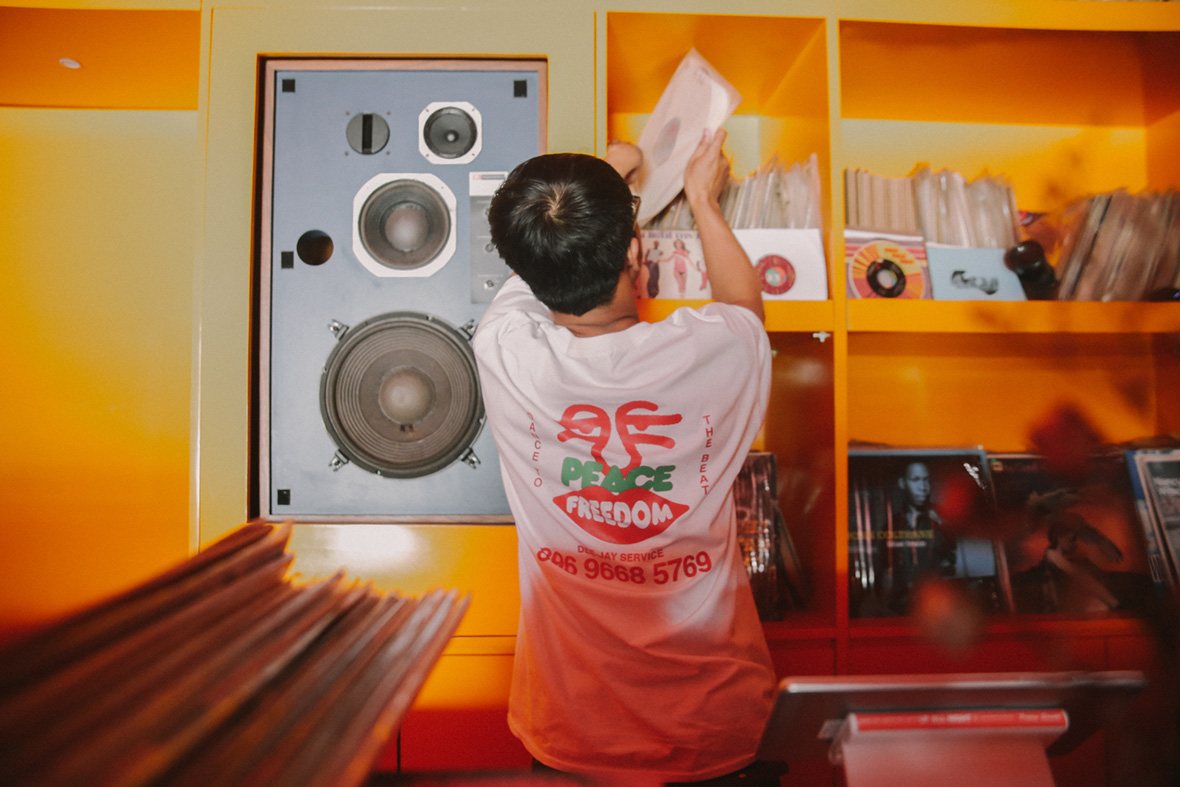
In 2012, Munir established Midnight Runners alongside Yordan Admiral, with a focus on hip-hop, boogie, andfunk. Their music owes a lot to samples pulled from Munir’s inherited vinyl collection—even his very first vinyl proved to be formative in the music he creates. The band itself is fluid and loosely defined, with Munir acting as its director accompanied by a rotating list of collaborators. A connection through a local music media and event organizer GOODNWS Music introduced him to Singaporean label Darker Than Wax, who ended up releasing Midnight Runners’ Overdive EP. A year after, a local label picked up on the EP and released it on vinyl, a first of many for Munir.
Listen to select tracks from Overdive below:
In a drastic change of pace, Munir didn’t leave his house for more than a year after the EP release due to a shoulder injury. During this time, he decided to dedicate his time towards honing his craft. Looking back, Munir sees this period of his life as a crucial period of creative meditation. Midnight Runners’ subsequent release in 2015 showcased Munir’s evolution as a producer, in which he produced all the instrumentations himself without the use of any samples. Titled OPEN LABS as an homage to his humble beginnings, the album was picked up by Portland’s Omega Supreme Records. Its release in vinyl and cassette tapes overseas opened up quite a few doors for Munir in terms of international recognition.
2012 年,Munir 与 Yordan Admiral成立音乐团体 Midnight Runners,专注于嘻哈、布吉(Boogie)和放克音乐。他们的音乐中有很多采样来自 Munir 收藏的黑胶,其中就包括了他人生中拥有的第一张黑胶唱片。这张唱片对他所创作的音乐有着非常深刻的影响。团队的成员很不固定,组成也很松散,主要由 Munir 担任监制,再加上轮换的合作者。后来,他透过当地音乐媒体和活动组织 GOODNWS Music 认识了新加坡厂牌 Darker Than Wax,后者最终帮助 Midnight Runners 发行了 EP《Overdive》。一年后,当地的一家厂牌注意到这张 EP,并将其制作成黑胶唱片发行,这成了 Munir 人生的第一张黑胶唱片。
点击即可聆听专辑《Overdive》:
然而就在 Munir 这张 EP 发行后,他就因肩膀受伤不得不在家休养一年多。在此期间,他决定专心磨练技艺。回顾过去,Munir 认为这段时间对他影响很大,让他能够静下心来好好思考自己的创作。随后,Midnight Runners 在 2015 年发行的新专辑见证了 Munir 在音乐制作水平上的提升。新专辑中,他没有使用任何采样,亲自演奏了所有乐器部分。这张专辑取名为《OPEN LABS》,以此回望音乐创作以来的谦逊岁月。随后,这张专辑成功引起了波特兰 Omega Supreme Records 唱片公司的注意,又被制作成黑胶唱片和盒式磁带在海外发行,使他获得了更多的国际关注,同时带来了更多机会。
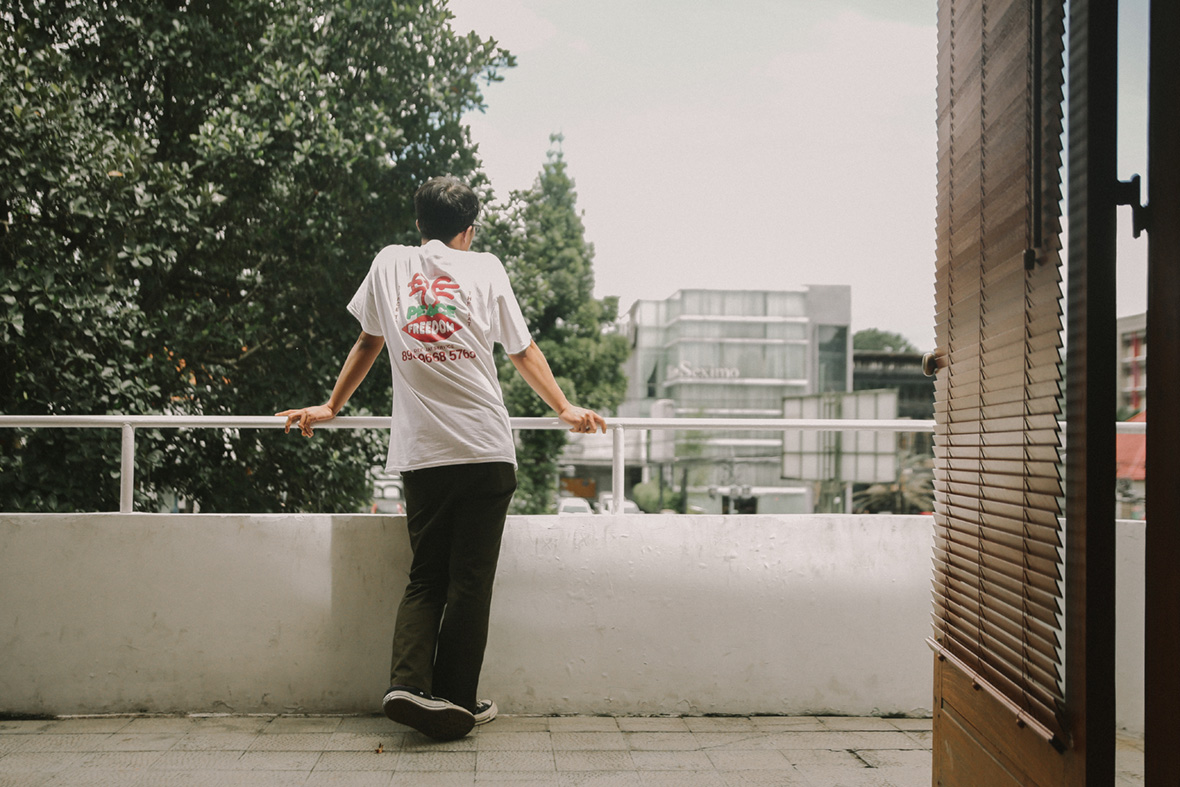
When Midnight Runners’s format started to feel confining, Munir branched out by releasing music under his own name. He views Midnight Runners and his own moniker as different outlets for different types of music. “These days, Midnight Runners is known for boogie, funk, and disco-influenced music—I don’t want it to stray too far from that,” he says. “When I’m making music under my own name, I can experiment more with any type of music that I’m feeling at the moment.”
Listen to select tracks from Munir below:
His live DJ sets take a similar approach, with obscure tracks being his specialty. Munir believes that as a DJ, it is somewhat of a “duty” to let good music from anywhere be heard everywhere. In his sets, the music he plays are always taken from his record collection. When the venue has a turntable setup, he often brings around 40 vinyls, whereas for circumstances where it’s not possible to do so he would pack USB drives filled with high-fidelity rips from his vinyls. His collection now numbers above 2000 records, with albums collected from every corner of the world from every time period. Curiously enough, as a collector Munir doesn’t care much about rarity or pressing editions—the music is all that matters.
由于是团队合作, Midnight Runners 并不能完全施展 Munir 个人独特的音乐风格。他从中跳脱出来,发布了个人音乐作品。在他看来,Midnight Runners 和他个人风格不完全相同。他说:“Midnight Runners 现在以布吉、放克和迪斯科风格为主,我不想让它偏离这一点。而当我以个人名义创作音乐时,我可以尝试更多当下喜欢的音乐风格。”
点击即可试听:
他的现场 DJ 表演也遵循着同样的理念,剑走偏锋的音乐类型是他的特色。Munir 认为,作为 DJ,他有责任搜罗各地的好音乐,让所有人都能听到这些好的音乐。他喜欢演奏自己收藏的音乐专辑。如果现场有唱片机,他就会从家里带来大约 40 多张黑胶唱片;如果没有条件,他就会将黑胶唱片翻录成高保真文件,拿到现场进行播放。现在,他收藏的唱片已超过 2000 张,这些唱片跨越不同时期,是他从世界各个角落收集回来的。出人意料的是,作为一名唱片收藏家,Munir 并不在乎唱片的稀有程度或版本,他唯一关注的是里面的音乐。
Munir’s international tours were also his best opportunities to scour record shops for new music. “Any trip where you couldn’t or didn’t do that is a failed one for me,” he says. The most memorable gigs also happen to occur during his many tours, with Shanghai being one of his personal favorites. “It was in Elevator, where I spun some Hong Kong and Taiwanese disco music,” he recalls. “The energy of the crowd was awesome.” Other memorable shows include one in Wonderball Sapporo, where he played a back-to-back set with DJ Kazuya Pee from 9 PM to 8 AM.
每当 Munir 在不同城市进行巡演时,也是他到唱片店搜罗好音乐的绝佳机会。他说:“每次外出巡演,如果我没有去买唱片,这对我来说就是一次失败的旅行。”他在海外巡演时有过很多次难忘的回忆,其中在上海的演出是他最喜欢的演出之一。他回忆说:“那次演出是在 Elevator,我放了一些香港和台湾的老牌迪斯科,现场观众的热情令我难忘。”另外还有在日本札幌 Wonderball 的那场演出,他和当地的 DJ Kazuya Pee 轮番上阵,从晚上 9 点一直 b2b 到第二天早上 8 点。
注:b2b(Back 2 Back),是 DJ 的一种表演形式。指的是两位 DJ 对彼此播放的曲目进行现场即兴混音和接歌。
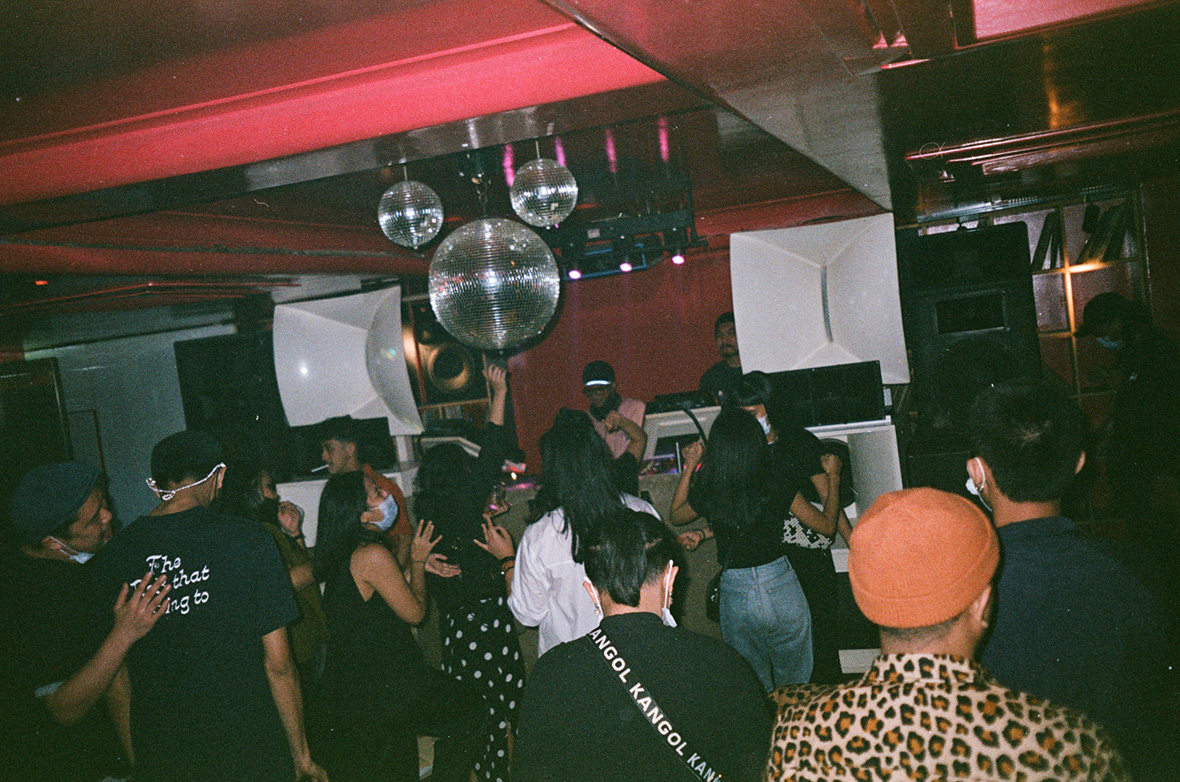
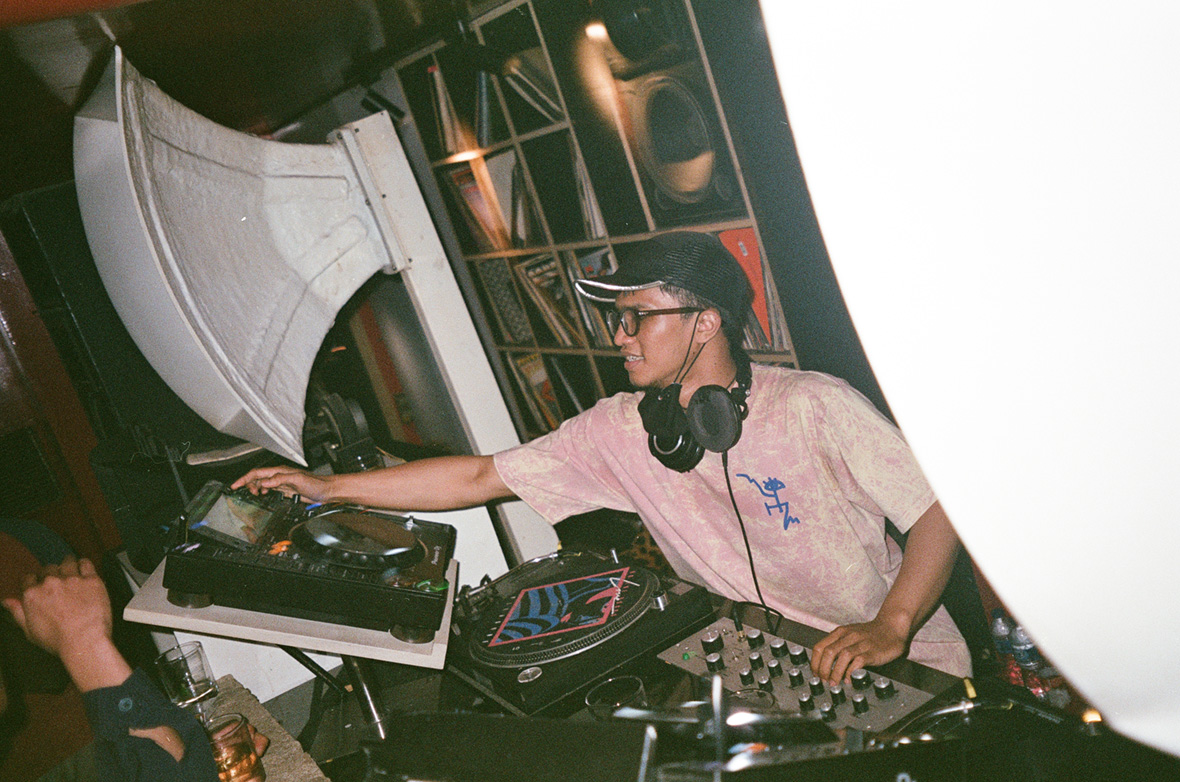
It also happens that during his tour with Midnight Runners in Japan, Munir encountered a place that inspired him in a different way; a small listening bar in Osaka. “It was just a small space with everything properly set up, nice cocktails, good music, and an amazing sound system. I realized then that we don’t need to party every night to enjoy music—both as performers and listeners. Sometimes we just need to kick back with friends and be accompanied by nice drinks and music.” Upon going back to Indonesia, this recognition manifested into Peels Records & Bar, an appointment-only listening bar where he now serves as a music director.
一次跟随 Midnight Runners 巡演的经历,让 Munir 获得了全新的启发。那是大阪的一间专门听音乐的酒吧。“整个空间很小,环境很好,有鸡尾酒、不错的音乐,还有非常棒的音响系统。那时我才意识到,无论是对于表演者或观众来说,欣赏音乐不必局限在热火朝天的派对上面。有时候我们需要的,可能只是想和朋友放松一下,喝点酒,听听音乐。”回到印度尼西亚后,他联络了当地的 Peels Records& Bar,这是一家预约制的音乐酒吧,Munir 现在在那里担任音乐总监。
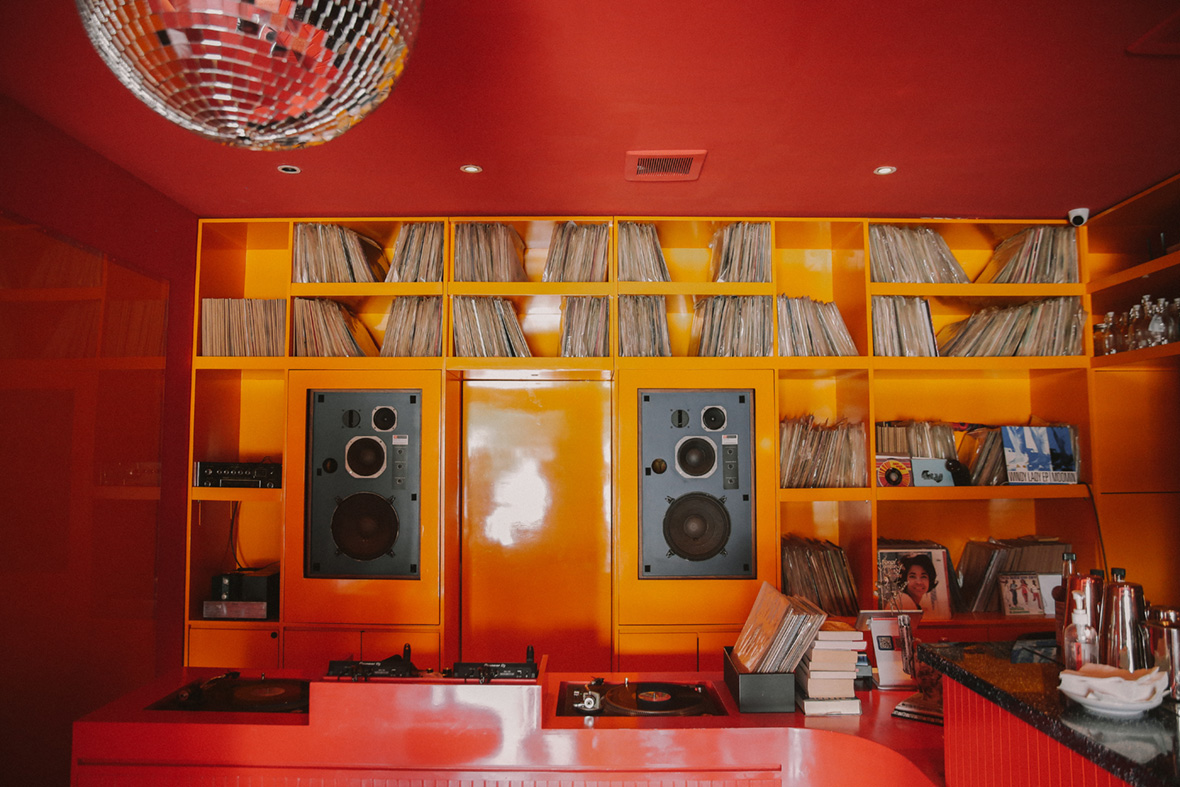
These days, aside from spinning regularly at Peels, Munir also hopes to bring attention to good music by other means. He hosts a bi-monthly broadcast with the Bristol-based Noods Radio called Bilingual School. In it, he showcases lesser-known musical gems from around the world in hour-long sessions. He also hosts a program called Discography Special with Bandung’s Norrm Radio, where he takes a deep dive into a particular artist’s discography as a means of cataloguing. The broadcasts involve sessions where Munir discusses the artist’s careers and approach to music, sometimes with audio recordings of their past interviews thrown in the mix. The songs that are played provide a broad look into an artist’s body of work; from deep cuts of their past projects or bands to their essential tracks.
At the moment, he is preparing for another release. This time, it’s under Shanghai-based label 1asia. “It’s probably gonna come out in December or January, fingers crossed,” he says. As for Peels Records and Bar, Munir is presently focusing on the “records” part. He’s gearing to turn Peels into a label under the same name, and Munir is setting up to reissue old records of Indonesian artists on vinyl.
With dedication in everything he does, it is evident that Munir is driven by a genuine appreciation of music. During our conversation, Munir brought up the fact that musicians, producers, and DJs are uncertain professions—even more so for one whose niche is physical records. When asked what drives him to continue doing what he does, Munir says, “It’s a means of communicating beyond words. There are traces of me in the music I play or produce. It simply feels good to have your own records and release them to the world.”
如今,除了定期在 Peels 酒吧演出之外,Munir 还希望通过其他方式来推广好音乐。他为位于布里斯托尔(Bristol)的 Noods Radio 电台主持着一档两个月一期的广播节目,名为“Bilingual School”(双语学校)。在一个小时的节目里,他跟听众分享着来自世界各地鲜为人知的好音乐。另外,他还与万隆的 Norrm 电台合作,主持了一档名为“Discography Special”的节目,深入研究特定艺术家的唱片。在节目里,Munir 会谈论每位艺术家的职业生活和音乐理念,有时还会插入艺术家在过去的采访录音。通过在节目中推荐,他让更多听众深入地了解每位艺术家的作品,从过的艺术家个人经历到代表作品,全面剖析。
现在,Munir 正准备一张全新的作品,预计会在上海本土厂牌 1asia 下发行。“就在一月左右,我的新作品马上和大家见面,希望一切都顺利吧。”至于 Peels Records and Bar,Munir 目前想更专注于“唱片”部分,希望能将 Peels Records and Bar 打造成同名音乐厂牌,并打算以黑胶唱片的形式重新发行一些印尼艺术家的旧作。
Munir 对于工作的投入,源于他对音乐的纯粹热爱。在我们的交谈中,Munir 指出,音乐家、制作人和 DJ 都是充满不确定性的职业,对于那些专注于实物唱片的音乐人来说更是如此。当被问到坚持音乐创作的动力是什么时,Munir 说:“音乐是一种超越言语的交流方式。那些曾演奏或创作的音乐,都代表着属于我的个人印记。能够创作和发行自己的唱片,是一种很棒的感觉。”
Like our stories? Follow us on Facebook and Instagram.
Instagram: @munireng
Contributors: Almer Mikhail
Photographer: Aldiansyah Waluyo
Chinese Translation: Olivia Li

